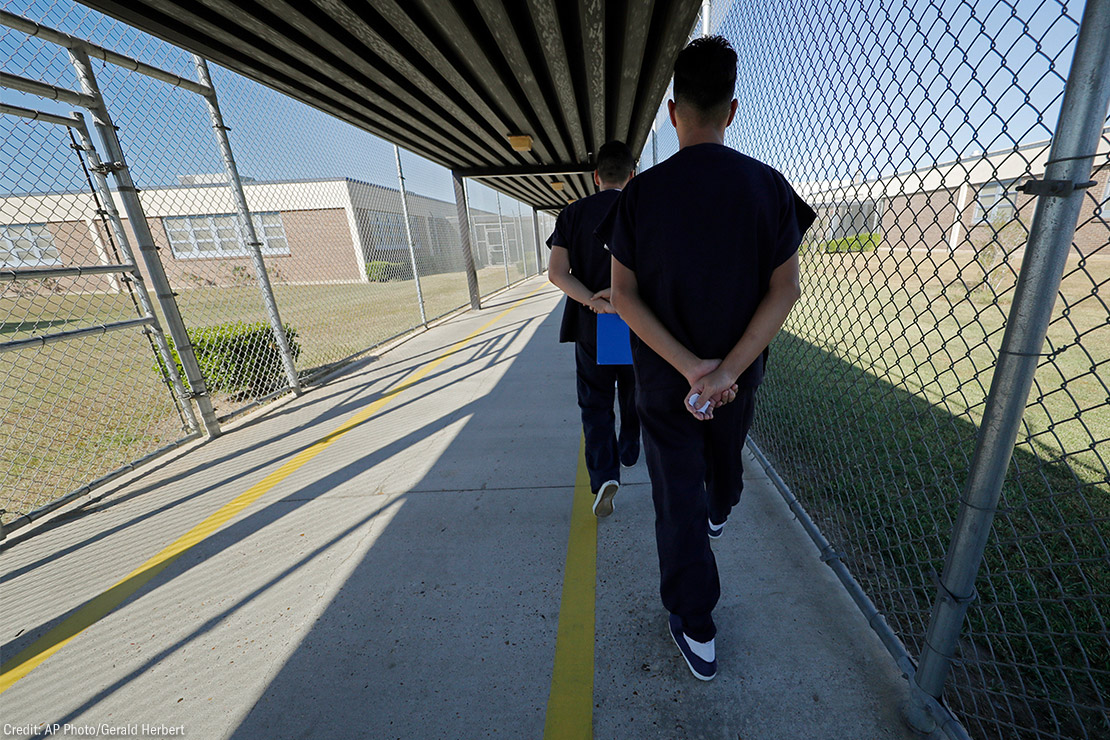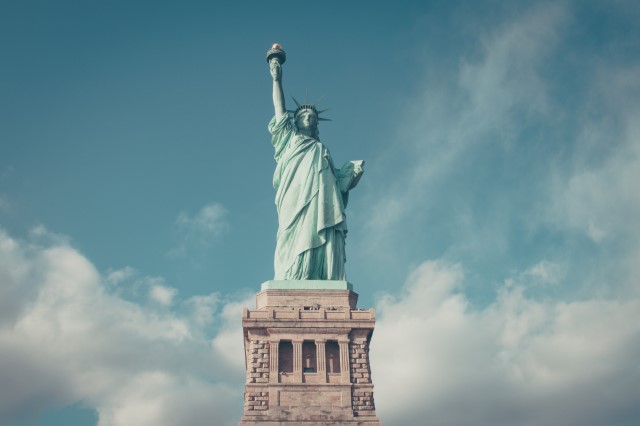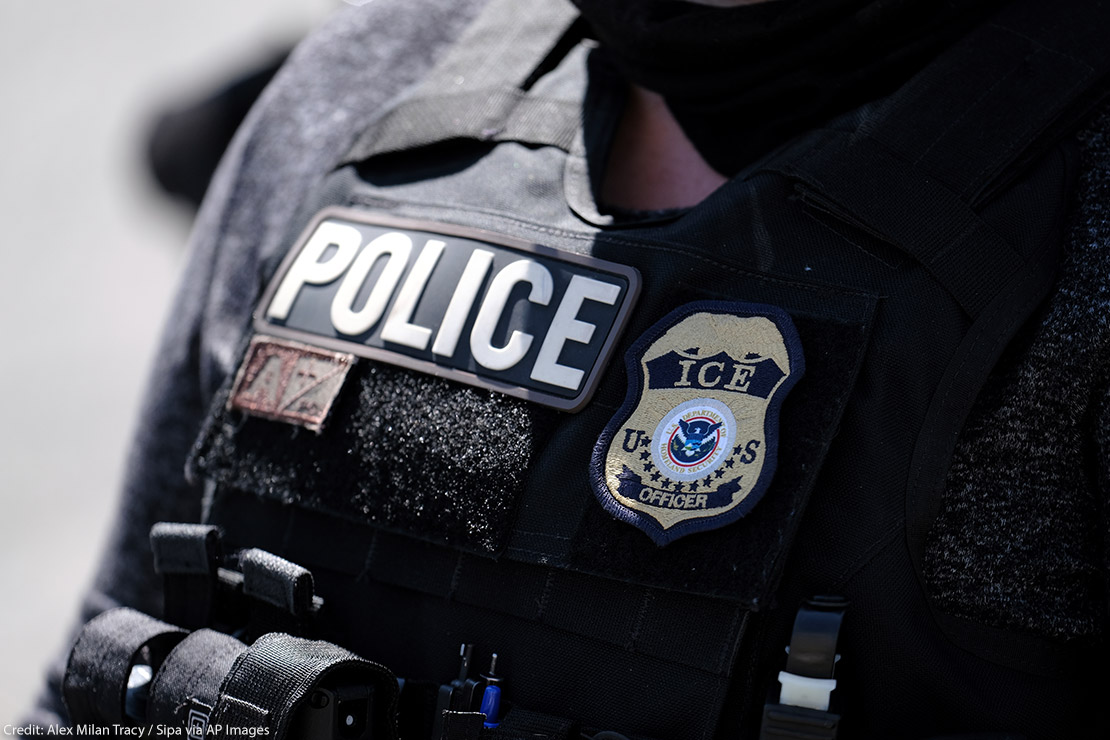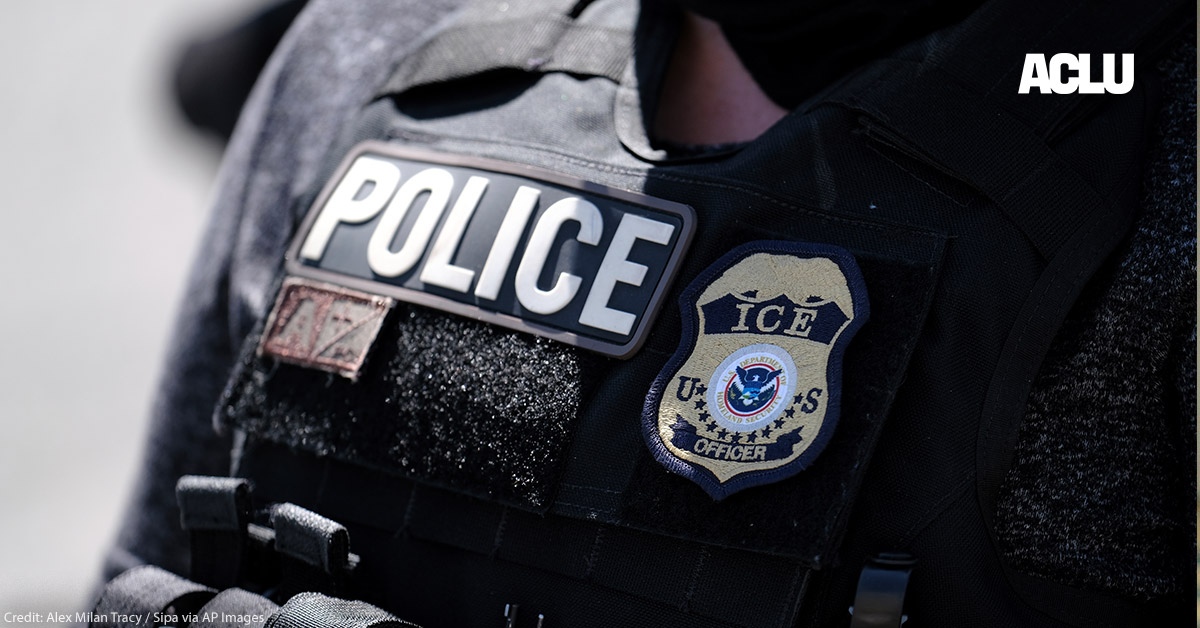Hurricane Laura, a horrific Category 4 storm, struck southwestern Louisiana late last month. It caused deep damage in communities along the coast, uprooting trees, knocking down utility poles, and flooding streets. The destruction is so severe that some communities could be without power for up to four weeks.
Louisiana is known for its infamous immigration detention centers. The conditions that people face at these facilities, specifically the Jackson Parish Correctional Center in Jonesboro, La., and the LaSalle Correctional Center in Olla, La., have worsened due to the impact of the hurricane. Sweltering heat, no water, and overflowing sewage are some of the nightmarish scenarios those detained are currently enduring, according to the Associated Press.
A family member who has a loved one in detention, Anet Villa, reports that since the hurricane struck the air conditioning has been broken, the beds are wet, the walls are moist, and people are walking around in their underwear to cope with the extreme heat. There is not enough clean water available, and many of those detained have not been able to shower regularly. The bathrooms are overflowing with urine and feces, which creates a putrid smell that is unbearable and is creating breathing issues for those with conditions such as asthma.
“It’s a violation of human rights. The people at this facility...their lives are at risk and we are in the middle of a pandemic. If action is not taken, they will die,” the family member said.
Since these conditions have been brought to light, those detained have been moved to outdoor tents and told it will take weeks to restore power and water, according to family members.
Coronavirus continues to be an ever growing threat at these facilities. Immigrants in detention are routinely denied any personal protective equipment and proper access to hygienic products. Guards who go in and out of these facilities are also not given proper protective equipment, posing a dire risk of infection for detainees, who are essentially in what could be considered a death trap under the current conditions.
The Louisiana ICE facilities, already a petri dish for coronavirus, have now completely abandoned any pretense of upholding social distancing or public health policies to protect those detained. If water is scarce, how realistic is it for detainees to get hygienic and sanitizing products or proper protective equipment like gloves and masks?
While conditions deteriorate, ICE continues to reject parole requests from asylum seekers, and it transfers people between detention centers to avoid transparency and accountability. Continuing to detain people while transferring them across various facilities, when they could be pursuing their immigration cases from the safety of their homes, does not resolve the situation and will continue to put them at risk during this deadly pandemic. There needs to be continued pressure on immigration authorities to make sure that all those who are in immigration detention are freed to be with their loved ones.
Here in Florida, we recently hosted a congressional roundtable where members of Congress Debbie Mucarsel-Powell and Donna Shalala committed to unannounced inspections of several South Florida detention centers that have also been in the spotlight for inhumane treatment of those detained.
We are in the middle of hurricane season. We cannot afford to be hit by a hurricane and see the horrific conditions that are now being seen in Louisiana replicated in Florida.
Thomas Kennedy is the Florida coordinator for United We Dream and a communications fellow for Community Change Action. He tweets from @Tomaskenn.
Date
Wednesday, September 9, 2020 - 9:15amFeatured image



